Health 3.0: Preventive, Patient-Centric, and Tech-Enabled Care

Over the past two decades, healthcare has inched toward modernization — cloud-based records, virtual visits, value-based contracts. But most of the transformation has been skin-deep. The core system remains reactive, fragmented, and economically unsustainable.
Now, that surface-level innovation is giving way to structural reinvention.
We are entering what we believe is the next enduring platform shift in healthcare: Health 3.0 — a system-wide transformation driven by AI, ambient data, behavioral intelligence, and open infrastructure. This is not just the digitization of medicine. It’s the rearchitecture of healthcare delivery.
And from an investor’s perspective, it’s one of the most compelling theses on the table today.
The Next Stack: Why Health 3.0 Is Investable
Health 3.0 represents the shift from a legacy model built around acute interventions and institutional bottlenecks to one centered on continuous, personalized, tech-native care. Enabled by longitudinal data and orchestrated by AI, this model bends the cost curve by moving upstream — identifying risk before it becomes disease, enabling care before it requires a hospital, and empowering patients before they become passive users.
This isn’t theoretical. We’re seeing the early returns. Virta Health has demonstrated A1C reduction and medication withdrawal using continuous coaching and behavior change. Noom and Omada Health have brought scalable digital interventions to weight and metabolic health. Function Health is bundling diagnostics and dashboards to create longitudinal health records for consumers. Cityblock Health and Aledade are proving the ROI of tech-enabled, value-aligned, risk-bearing care at scale. These are not point solutions. They are early signals of what a new care stack can look like — and where outsized enterprise value will be created.
Defining Health 3.0: From Episodic to Continuous, Passive to Proactive
Health 3.0 isn’t a single modality. It’s an architecture shift — from treating disease to managing risk, from sporadic contact to continuous engagement, and from data as a byproduct to data as the control system. There are four structural shifts underway. First, continuity of care: Health 3.0 platforms operate across time, not just inside clinical events. With the rise of wearables, ambient sensors, at-home diagnostics, and behavior tracking, systems now have the opportunity to act before problems escalate. Second, patient-native interfaces: Legacy systems treat patients as endpoints. In contrast, the new generation builds for the patient as a user, giving visibility into their metrics, tools for engagement, and agency over decision-making. Companies like Levels, Twill, and Happify have leaned into this direct-to-user model. Third, AI as the operating layer: In the past, AI was bolted onto workflows. In Health 3.0, it becomes the default decision layer. Clinical LLMs like those deployed by Glass Health, Abridge, and Navina are accelerating documentation, triage, and even diagnostic hypotheses, and these models are already starting to outperform humans on certain standardized tasks — with significant implications for productivity and precision. Fourth, composable, open infrastructure: Modern care demands interoperability. That’s why infrastructure platforms like Redox, Health Gorilla, and Particle Health have seen strong adoption. They abstract away EHR chaos and enable startups to plug in and scale. This is the backbone layer Health 3.0 requires — and it's still nascent.
Market Timing: Why This Moment Matters
This shift isn’t happening in a vacuum. It’s being accelerated by several major tailwinds. First, AI maturity: Clinical-grade LLMs and predictive engines are now usable at scale, with dramatically lower marginal costs. Second, policy realignment: CMS and MA plans are shifting aggressively toward outcomes-based reimbursement. Value-based models are no longer experimental — they are the default in most high-growth payer segments. Third, consumer demand: The Amazon/Netflix/Uber-ization of user experience has permanently raised the bar. Patients expect convenience, personalization, and real-time support — and they’ll switch for it. Fourth, workforce constraints: Physician shortages, burnout, and wage inflation have made it impossible to scale through human capital alone, making tech no longer optional. Fifth, cost pressure across the system: With healthcare approaching 20% of U.S. GDP, employers, payers, and governments are actively seeking scalable ways to reduce utilization, especially for chronic conditions. Where all of these forces converge is exactly where Health 3.0 lives.
Market Landscape: A Snapshot of the Players and White Space
As the transition unfolds, we’re seeing clear clusters emerge. The new front door: Companies like Carbon Health, One Medical (Amazon), and Forward are redesigning access by combining telehealth, in-person care, and diagnostics into seamless entry points, with aggressive M&A signaling tech giants’ interest in verticalization. Condition-specific ecosystems: Startups like Tandem (diabetes), Oshi Health (GI), Eleanor Health (SUD), and Tia (women’s health) are proving that focused, full-stack care models outperform generalized ones, especially when layered with AI and continuous data. Behavioral science and engagement: Platforms that turn insight into action remain an area of white space. While companies like Lirio, Better Therapeutics, and Wellth have made strides, true behavioral precision — interventions that adapt in real-time to user context — remains both elusive and investable. Intelligence and risk engines: Beyond the flash of chatbots, startups are building risk engines across multiple modalities, including biomarkers, wearables, genomics, and behavioral data. Companies like K Health, Color, and Babylon, along with newer players leveraging passive signals such as HRV, glucose, and respiratory rate, aim to forecast deterioration before it’s visible. Infrastructure gaps: Despite regulatory pushes, clean data exchange is still hard, but startups enabling scalable integrations (FHIR-first, consent-based, auditable) are gaining traction and deserve capital.
The bottleneck today isn’t demand — it’s execution. While point solutions abound, very few companies have demonstrated the ability to orchestrate across layers by integrating intelligence, infrastructure, and user experience into a cohesive, longitudinal care model. The real unlock lies in stitching these elements together at the system level. Platforms need to break through not as standalone tools, but as full-stack architectures capable of aligning personalized AI, real-time data flows, and stakeholder incentives across the continuum of care. These are not feature plays; they’re infrastructure bets, setting the standard for what Health 3.0 can become at scale. That’s where the next set of category leaders will emerge.
Where the Capital Should Flow
As advisors, we believe capital should be deployed into companies that operate cross-functionally by integrating prevention, navigation, engagement, and action, that build feedback loops making the product smarter with every interaction, that solve for payer, patient, and provider value simultaneously, that offer interoperable data structures and modular design, and that show provable economic value early through reduced admissions, better quality scores, or member satisfaction. Put simply, we’re backing platforms that own the control layer of data, behavior, or decision-making.
Final Word: From Insight to Allocation
Health 3.0 isn’t a theme. It’s the emergent architecture of care. As the cost of chronic disease skyrockets, as systems strain under labor shortages, and as AI shifts from potential to deployment, the opportunity is no longer speculative; it’s actionable. The companies being built today will define the next ten years of health delivery — and the investment cycles around them. This is not just where healthcare is going. It’s where capital should go with it.



















